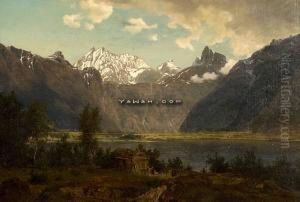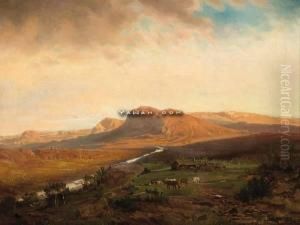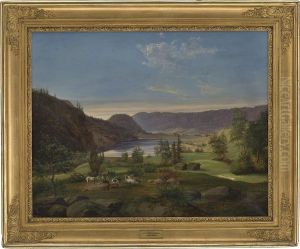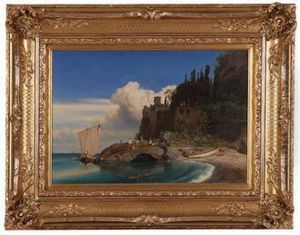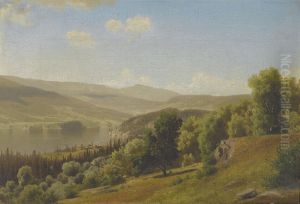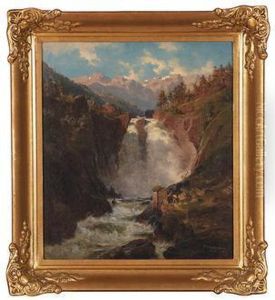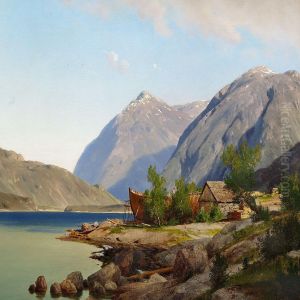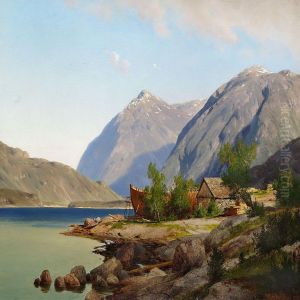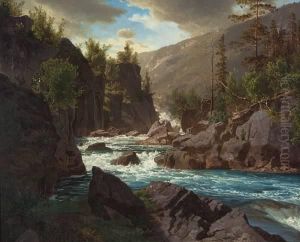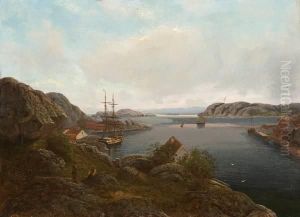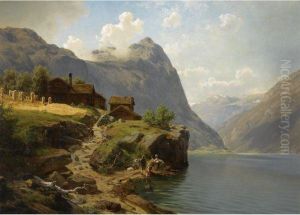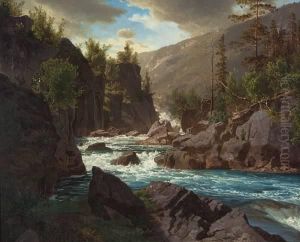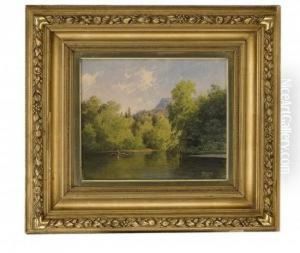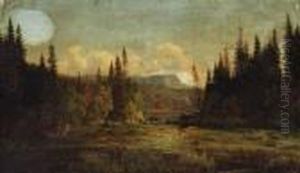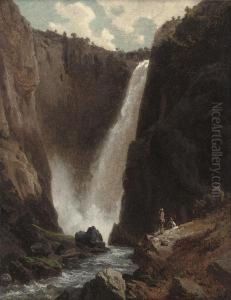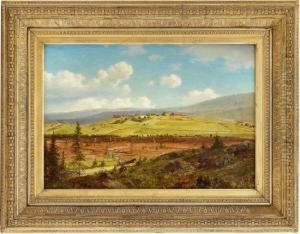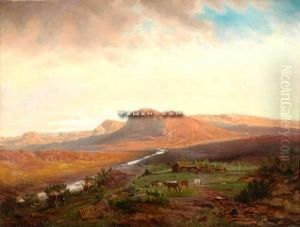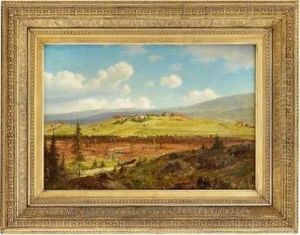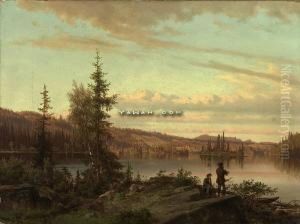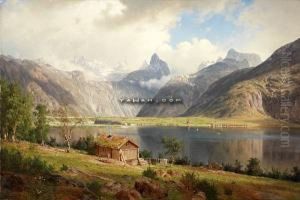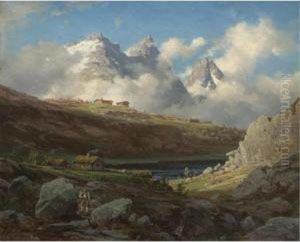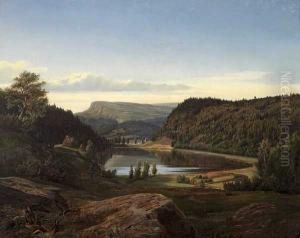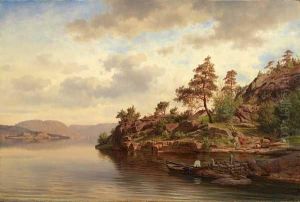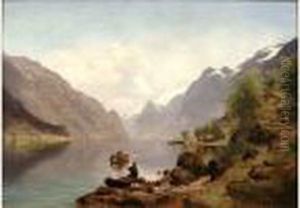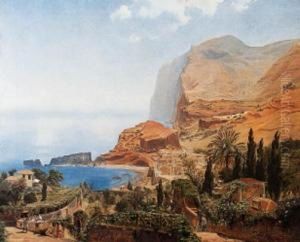Johan Frederick Eckersberg Paintings
Christoffer Wilhelm Eckersberg was a Danish painter who was born on January 2, 1783, in Blåkrog in the Duchy of Schleswig (now part of Denmark). He is often considered the father of Danish painting and a key figure in the Golden Age of Danish Painting.
Eckersberg's early education was at the Royal Danish Academy of Fine Arts in Copenhagen, which he joined at the age of 21, after initially training to become a ship's carpenter. At the Academy, he studied under Christian August Lorentzen and Nicolai Abildgaard, the leading artists of the day. In 1803, he won a major award and a travel grant, which enabled him to study abroad.
He spent significant time in Paris, where he was influenced by the works of Jacques-Louis David, the preeminent French painter of the time. Eckersberg also spent years in Italy, particularly in Rome, where he was exposed to the works of the Old Masters and the Italian landscapes, both of which had a lasting impact on his style.
Returning to Denmark in 1816, Eckersberg became a professor at the Academy in Copenhagen in 1818. He was a progressive teacher who encouraged his students to draw from life, a practice that was not common at the time. His teachings and approach to painting influenced a whole generation of Danish artists and contributed to the development of the Danish Golden Age of Painting.
Throughout his career, Eckersberg worked in various genres, including history painting, portraiture, landscape, and genre scenes. He is particularly noted for his mastery of perspective and light, which can be seen in his carefully constructed compositions and his depictions of the sea and ships, a subject he was fond of due to his early training.
Eckersberg was also interested in scientific progress and often used a camera lucida to achieve accurate proportions and perspectives in his work. His paintings often depict scenes of contemporary life, capturing the essence of the age.
He continued to paint and exhibit until his death on July 22, 1853, in Copenhagen. His works are held in numerous collections and museums, and his legacy in Danish art history is significant, as he laid the groundwork for the realist movements that followed and mentored many other artists who became key figures in the Danish Golden Age.
